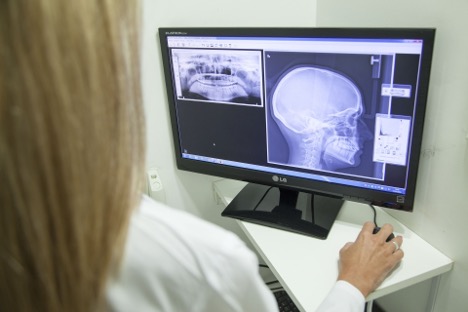Introduction
It can be frightening to think about getting back on the road after a brain injury. For many people, driving is a way of life and a significant part of their identity.
However, it’s essential to understand that there are risks associated with driving after a traumatic brain injury (TBI), including the following:

Your cognitive (thinking) skills may be affected
People with brain injuries tend to have concentration, memory, and decision-making problems. They also may have trouble with signals from the senses, like hearing or sight.
These challenges can make driving dangerous because it requires quick thinking and sharp reflexes.
You can do many things to help someone safely drive after a brain injury. The most important thing is to get an evaluation by a professional who knows about the brain’s anatomy and function and how different brain parts affect driving performance. Generally, this is person is the treating Neurologist.
Your neurologist will look at your symptoms specifically related to driving ability:
- Concentration & attention span
- Reaction time
- Decision-making skills
- Memory & recall
Other road users may be at risk
Driving is a complex task that requires you to concentrate for long periods and react quickly. You have to multitask, think ahead, plan, process information, and make correct split-second decisions to drive safely.
When someone has a brain injury, they may have trouble with some or all of these skills. A person with an obtained brain injury may not be able to concentrate as well as before (especially if there are distractions).
They might not react as quickly (because their reflexes aren’t as sharp) and could find it harder to think ahead and plan (because their ability to reason has been affected).
A person with an acquired brain injury may have problems with their memory, attention span, and problem-solving skills. This could make it difficult for them to perform everyday tasks such as cooking or cleaning.
People can still drive following a brain injury
Some people who have suffered a brain injury are still able to drive. However, many people cannot return to driving after a brain injury. The National Highway Traffic Safety Administration estimates (NHTSA) that about 30 percent of all drivers who suffer from a brain injury will never be able to drive again safely.
Even if you haven’t lost consciousness, you could be experiencing post-concussion syndrome and need medical attention before getting behind the wheel again. The best way to find out whether it’s safe to get behind the wheel is by having your doctor evaluate your health and giving them specific instructions on what they should look for when they examine you.
If there are any problems with your eyesight or balance—which are among some common symptoms of concussion—you should avoid driving until those issues have been resolved.
You shouldn’t drive if suffering from dizziness or seizures
If you’ve suffered a brain injury, your ability to drive safely may be compromised. Ensure you talk with your doctor about how long it’s safe for you to be going after an injury and what kinds of symptoms might mean that it’s time to stop driving. When the brain is injured, it can be life-changing effects. Brain injuries can be an outcome of a car accident or other traumatic accidents. Brain injuries are classified based on severity. When you suffer a mild traumatic brain injury (MTBI), your ability to think clearly may be affected but not enough to interfere with your daily life.
In moderate to severe instances, the person may experience confusion and changes in personality, behavior, and memory. If you’ve suffered a brain injury, your ability to drive safely is compromised.
Ensure to talk with your doctor about how long it’s safe for you to be going after an injury and what kinds of symptoms might mean that it’s time to stop driving. Essentially, your doctor has to give you medical clearance to return to driving after suffering a brain injury. In many cases, your doctor may refer you to complete an Occupational Therapy (OT) driving assessment.
See an OT for a driving assessment
It is common that neurologists or other doctors recommend undertaking an OT driving assessment after a brain injury. In addition to the cognitive testing, you will also need to see another specialist in brain injury rehabilitation who can help with driving and other tasks related to daily living. A part of this process also involves notifying the RMS of the brain injury, which is usually completed by the treating doctor or neurologist. The person themself may also declare their brain injury to the RMS and in fact, the driver has the primary responsibility to inform the RMS of any serious medical condition or disability that could affect driving.
In NSW, the a Driver Trained OT is the health professional who thoroughly assesses the person’s capacity to return to driving following a significant medical event like a brain injury. While doctors conduct medical assessments and tests after a brain injury, it is often difficult for them to thoroughly determine if there are any changes to the person’s driving performance. This is the role of the OT driving assessment, as the person undergoes a practical on-road driving test. Observing your current driving performance is the most effective way to assess how your brain injury may be impacting on your driving ability.
Conclusion
Driving is an integral part of independence, but it’s not worth risking your life or the lives of others. Talk to your doctor and/or a Driver Trained OT if you have endured a brain injury and are unsure whether it affects your driving ability. They’ll be able to inform you whether it’s safe to get back behind the wheel and perform necessary assessments to help determine this. Brain injuries affect people differently, so it is best to contact your doctor before resuming driving.






